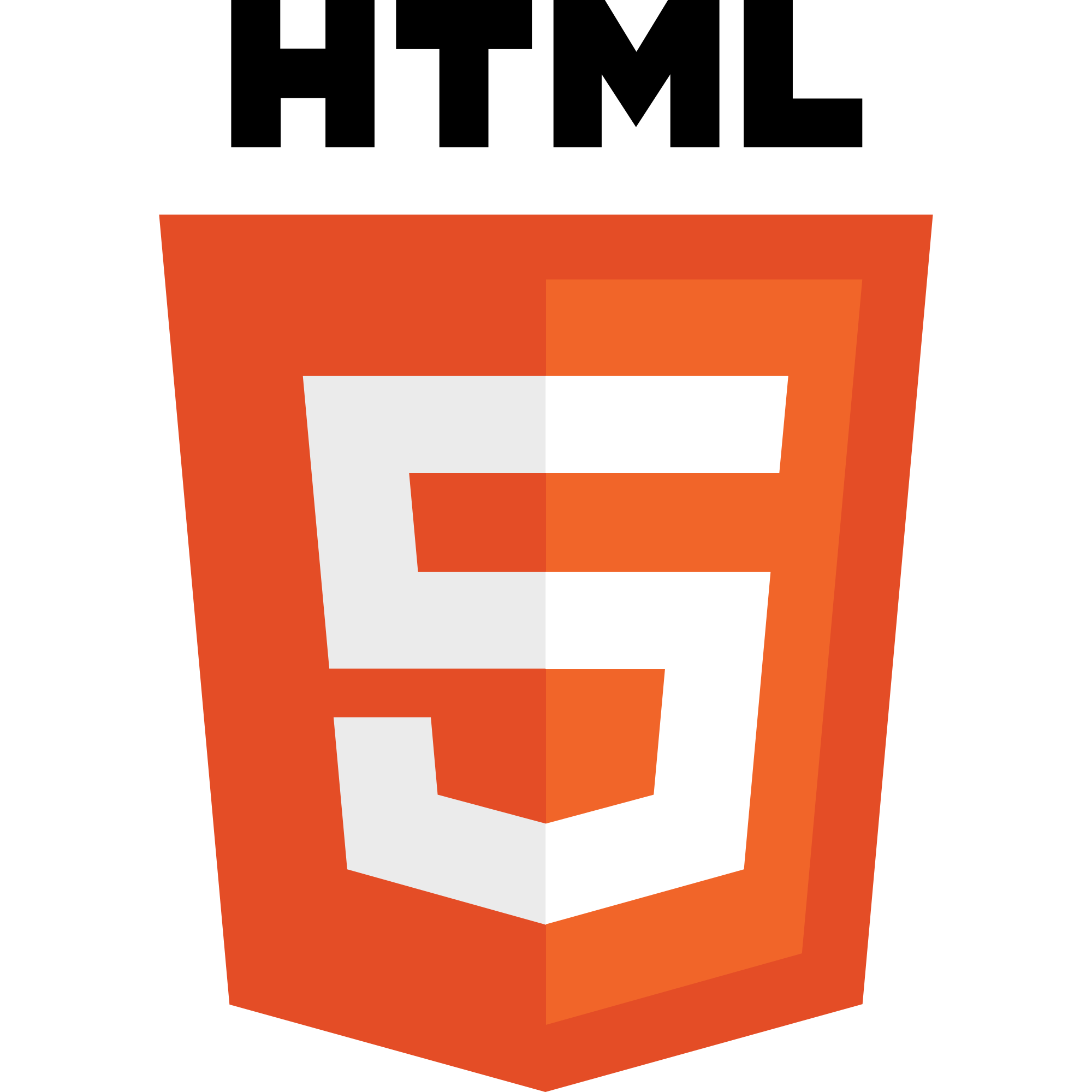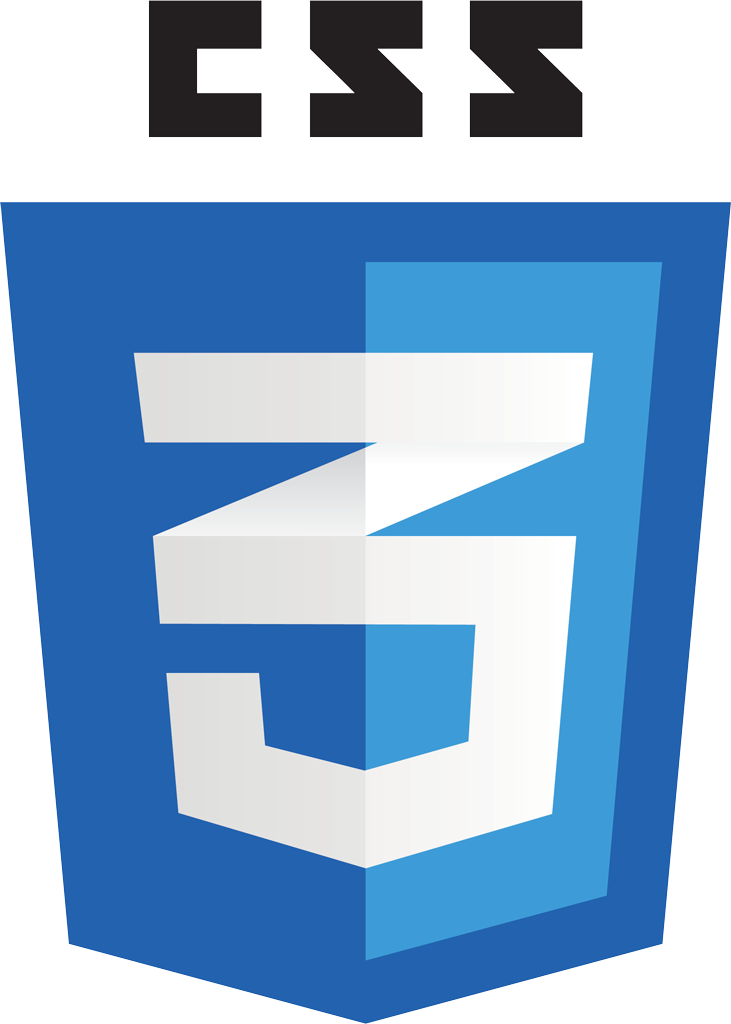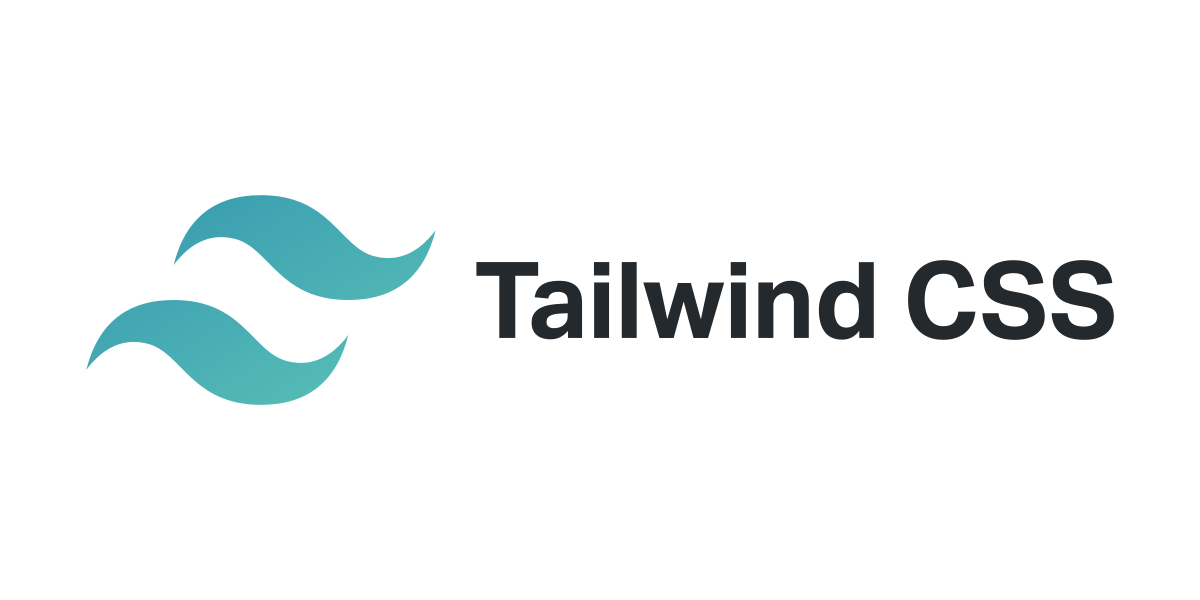


Prototype UI Development
Prototype UI development is a crucial phase in the software development lifecycle where designers and developers create a visual representation of a user interface to test and refine the user experience before moving on to full-scale development. HTML and CSS are foundational technologies in prototype development. HTML (HyperText Markup Language) is used to structure the content and layout of web pages, while CSS (Cascading Style Sheets) is employed to define the presentation and styling aspects. Developers often enhance the efficiency of CSS development by using pre-processors like SCSS (Sass), which introduce features like variables, nesting, and mixins, making the code more maintainable and reusable. These technologies enable the rapid creation of static UI prototypes that mirror the intended final design, helping stakeholders and designers visualize the user interface's look and feel.
In recent years, tools like Tailwind CSS have gained popularity in prototype UI development. Tailwind CSS is a utility-first CSS framework that simplifies the process of creating responsive and aesthetically pleasing user interfaces. It provides a set of pre-defined utility classes that can be applied directly to HTML elements, allowing developers to rapidly prototype UIs with minimal custom CSS. Tailwind CSS streamlines the design process, making it easier to experiment with different styles and layouts, which is especially valuable during the early stages of UI development when quick iteration and feedback are essential. Overall, the combination of HTML, CSS, SCSS, and Tailwind CSS in prototype UI development ensures efficient and effective visualization of user interfaces while minimizing the time and effort required to create compelling prototypes.